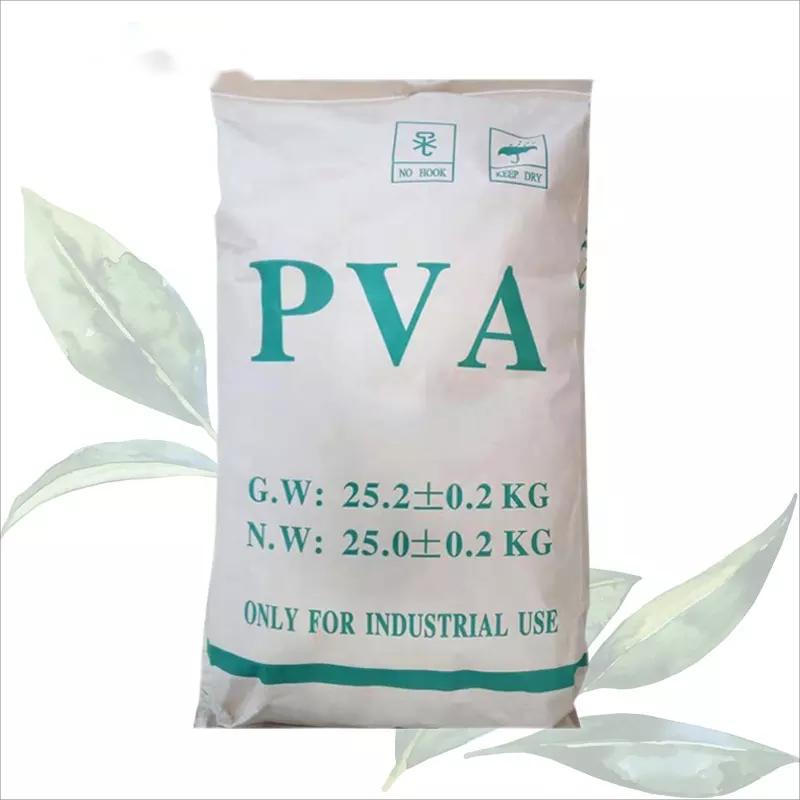Understanding HPMC Ether Properties, Applications, and Benefits
Hydroxypropyl Methylcellulose (HPMC) ether is a versatile water-soluble polymer derived from cellulose, which is the most abundant organic polymer found in nature. This compound has gained significant attention in various industrial applications, particularly due to its unique physical and chemical properties that make it an exceptional ingredient in many formulations.
Properties of HPMC Ether
HPMC ether is characterized by its high viscosity, film-forming ability, and excellent water retention properties. It is a non-ionic polymer, which means it does not dissociate into ions in solution, making it stable and effective in various environments. The molecular structure of HPMC consists primarily of hydroxypropyl and methyl groups, which contribute to its solubility and thickening abilities. Its degree of substitution, which refers to the number of hydroxyl groups replaced by methoxy or hydroxypropyl groups, can be adjusted to create different grades of HPMC. The resulting variations influence its solubility, viscosity, and adhesive properties, allowing formulators to tailor it for specific applications.
Moreover, HPMC is known for its thermal stability and resistance to acids and alkalis, making it suitable for a wide range of industrial and pharmaceutical applications. Its gelling behavior and rheological properties can also be modified through the manipulation of its concentration and temperature, providing further versatility.
Applications of HPMC Ether
The applications of HPMC ether are extensive and span across multiple industries. In construction, HPMC is commonly used as a thickening agent in cement-based products, such as tile adhesives, plaster, and render. Its water retention capability allows for prolonged workability and improved adhesion, making it an essential component in modern construction materials.
In the pharmaceutical field, HPMC serves as a critical excipient in tablet formulations, acting as a binder, coating agent, and controlled-release modifier. Its biocompatibility and non-toxic nature make it an ideal choice for pharmaceuticals, ensuring that medications can be delivered effectively and safely.
hpmc ether

The food industry also benefits from HPMC ether, where it is utilized as a stabilizer, emulsifier, and thickening agent in a variety of products. It is particularly popular in gluten-free and low-fat food formulations, where it helps improve texture and moisture retention. Additionally, HPMC is often employed in cosmetics and personal care products for its emulsifying properties and ability to enhance the texture of creams and lotions.
Benefits of HPMC Ether
The use of HPMC ether provides numerous advantages that contribute to its popularity across various sectors. First and foremost, its versatility allows formulators to create customized products that meet specific functional requirements. Moreover, HPMC is free from animal-derived ingredients, making it suitable for vegan products and appealing to a growing consumer base focused on ethical sourcing.
Another significant benefit of HPMC ether is its environmental compatibility. As a cellulose derivative, it is biodegradable and does not pose the same ecological risks as some synthetic polymers. This aligns with the increasing demand for sustainable materials across industries.
In addition, HPMC ether enhances the performance of formulations by improving stability, viscosity, and overall product quality. This can lead to improved consumer satisfaction and decreased production costs, as manufacturers can create high-quality products with less material.
Conclusion
In summary, Hydroxypropyl Methylcellulose (HPMC) ether is a remarkable polymer with diverse applications in construction, pharmaceuticals, food, and personal care products. Its unique properties, including solubility, viscosity, and film-forming capabilities, make it an invaluable ingredient. With the added benefits of biodegradability and ethical sourcing, HPMC ether is well-positioned to continue its role as a key player in the development of innovative and sustainable products across various industries. As demand for eco-friendly and effective formulations increases, HPMC ether will undoubtedly remain at the forefront of material science.
-
Rdp Powder: Key Considerations for Wholesalers in the Building Materials IndustryNewsJul.08,2025
-
Key Considerations for Wholesalers: Navigating the World of Hpmc - Based ProductsNewsJul.08,2025
-
Hpmc Detergent: Key Considerations for WholesalersNewsJul.08,2025
-
Key Considerations for Wholesalers: China Hpmc For Tile Adhesive, Coating Additives, Concrete Additives, and MoreNewsJul.08,2025
-
Crucial Considerations for Wholesalers: Navigating the World of Construction MaterialsNewsJul.08,2025
-
Key Considerations for Wholesalers Sourcing Additive For Cement, Additive For Concrete, Additive For Putty from Additive Manufacturer Shijiazhuang Gaocheng District Yongfeng Cellulose Co., Ltd.NewsJul.08,2025




